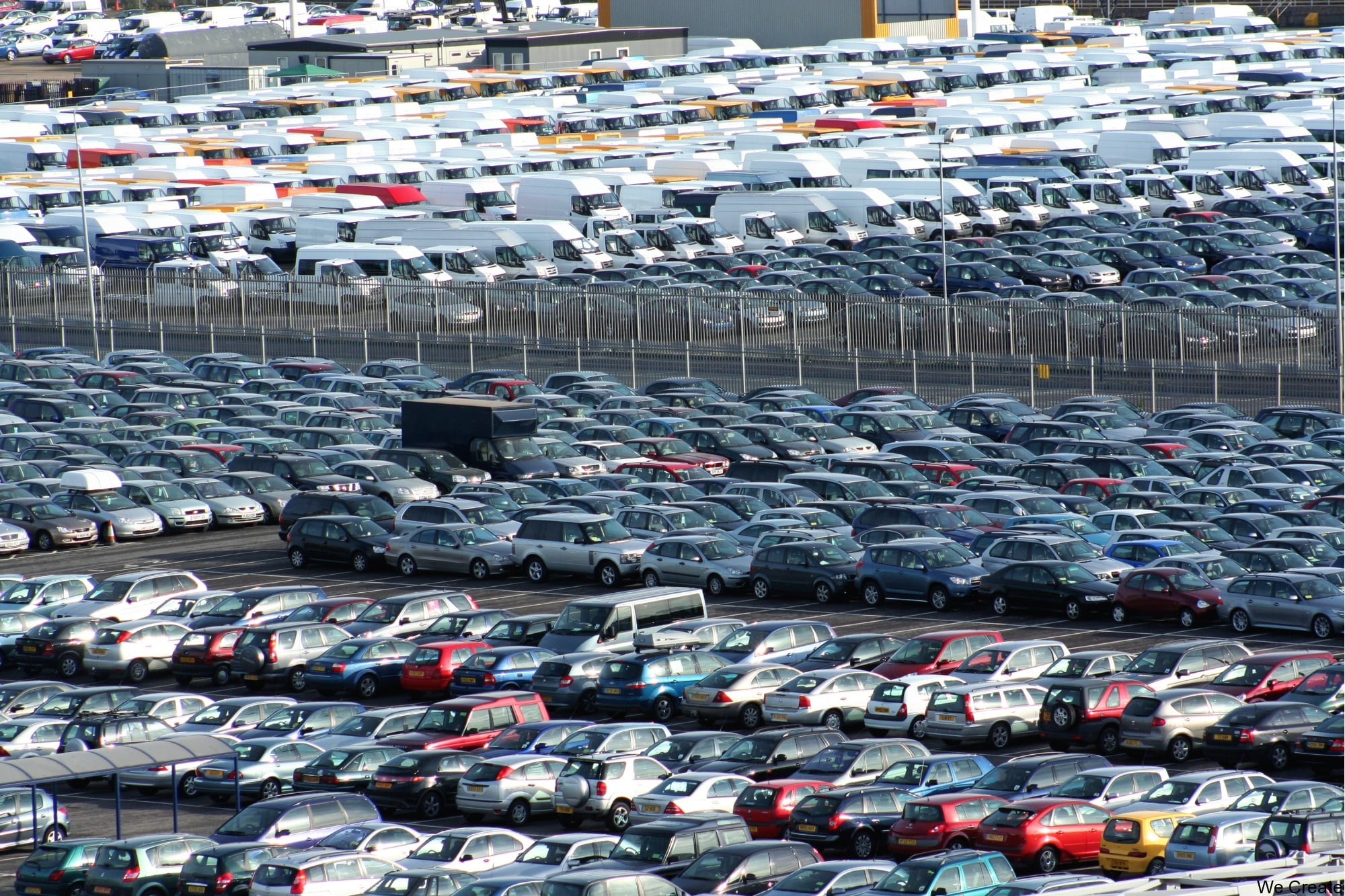The rate of car repossessions has also returned to normal, which shows that the hire purchase industry will start growing again in 2016 after witnessing a downturn when the first-car scheme ended.
Anuwat Luengtawekul, chief financial officer of Thanachart Bank, said the non-performing loans (NPL) of auto loans at TBank is stable, while the number of car repossessions have dropped by 50 per cent from over 100 units a month.
Praphan Anupong-ongarch, executive vice president of TBank, said the bank has adjusted its debt collection process, which has improved hire purchase NPLs and especially NPLs for used cars.
Used-car prices are expected to fall with the drop in the number of repossessions, which means this segment will have more interest for buyers and hire purchase operators, he said.

The new excise tax on new vehicles will also make the price of used cars with powerful engines more attractive as the gap between new and old cars with powerful engines will widen, he said.
TBank is the market leader in hire purchase, he said, and used cars and auto refinancing account for 30 per cent of its business.
Demand for auto refinancing is greater among the self-employed segment, he said, and the auto refinance outlook is better because this is the most convenient financial solution for consumers who own vehicles.
“Auto refinance is our focus and we hope to be the market leader in this segment in the near future,” he said.
The hire purchase industry in 2016 is even expected to resume. The high level of household debt is a major concern for hire purchase providers because it will limit purchasing power and limit the number of people who qualify for lending.
Meanwhile, the used-car loan market is also a key area for Kiatnakin Bank, another player in the hire purchase segment.
Aphinant Klewpatinond, president of Kiatnakin Bank, said consumers would buy more used cars because of the attractive prices.
But he doesn’t expect the new excise tax for automobiles to affect demand for new cars because people who can afford to buy cars with powerful engines can also afford to pay the tax.
Although the bank has shifted its focus to the used-car segment, it wants to diversify its loan portfolio and risk exposure to non-hire purchase loans in the medium term. Auto loans in the next three years should be 50 per cent of the total portfolio from the current 67 per cent, he said.
[“source-nationmultimedia”]





